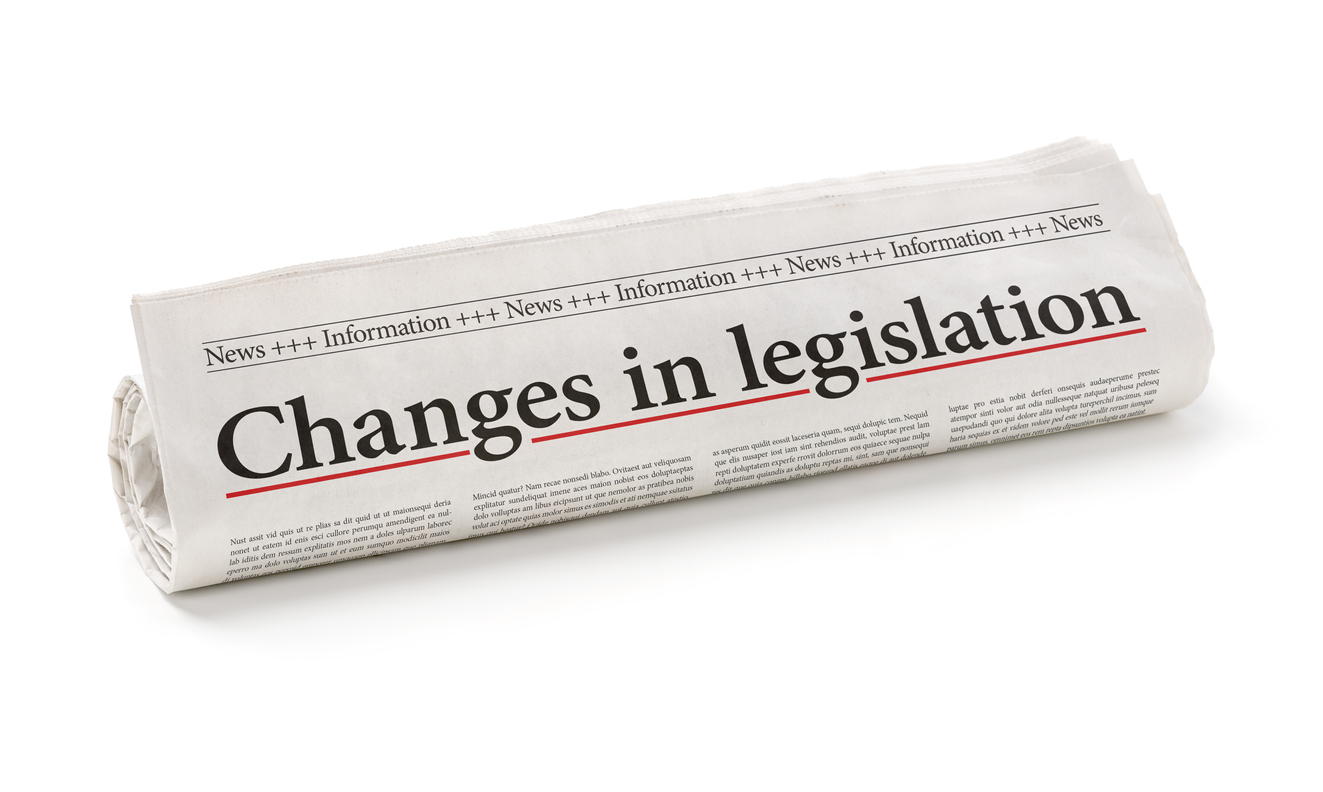Risk & Insurance® recently ran an article, Paving the Potholes of Big Property Claims (updated), about large losses indicating that the claims process is anything other than perfect. Harvey Goodman, a public adjuster I mentioned in this morning’s post, was quoted in that article. I first met Harvey Goodman at the Annual Convention of the National Association of Public Insurance Adjusters (NAPIA) at Carmel, California in 1985. I gave a speech about Proofs of Loss and Examinations Under Oath. Harvey is one of those people in the audience who raises his hand, often. He asks the tough questions with unique facts that are often situations he faces. Harvey is a past president of NAPIA and one of the finest public adjusters.
The article noted a growing trend of delay and nonpayment many months following a loss:
A large property insurance claim can turn into a soap opera, with dozens of high-end, big personalities trying to steer the plot line. It’s not a secret to claims experts, or any risk manager who’s faced one, that settling a large loss has only gotten more dramatic, and difficult, in the last couple decades….
…34 percent of physical damage claims are settled before the property is repaired or replaced and 37 percent up to six months after.
Only 17 percent of time/element claims, on the other hand, were settled before the end of the period of liability, while 68 percent took one to 12 months after the period for settlement.
The general trend, however, is that larger, complex losses are taking more time to settle…
As Harvey Goodman often does, he disagreed in part with the article’s conclusion that more complex claims require various claims experts or consultants that slow the claim process. He made an important point that the survey never considered public adjusters, which is kind of interesting since they are the only legally licensed individuals who can adjust the loss for policyholders. Goodman commented:
"Take the question about what types of outside professionals were hired by the insured. Goodman took umbrage with the fact that he and his colleagues–public adjusters–weren’t even an option…
Insureds bring in Goodman and his colleagues to make sure their interests are being represented as the claims resolution plot unfolds. And we’re not just talking about large Fortune 1000 clients. He’s dealt with $50 million companies with multimillion dollar losses and no in-house risk management.
"They are so thinly staffed they often have no resources to dedicate to the insurance claims process," he said.
Goodman disagreed with the survey’s finding that insureds’ expectations about the extent of their insurance coverage diminish significantly during the course of claims settlement. His experience is that expectations increase the longer a settlement takes.
The veteran adjuster also didn’t agree with the key takeaway, that property insurance can never fully cover a loss. Sure, there might be disagreement over numbers. But there is coverage out there to cover other economic hits, like loss of value and potential damage to business relationships: for instance, extended business income coverage.
Most importantly, Goodman stressed, it’s up to insureds to properly measure their loss. If you don’t ask for the right amount, you’re not going to get it."
It has been my impression that many get around state licensing requirements by calling themselves "consultants." These "consultants" are out of control in the insurance claims business. Insurance regulators and State Legal Bars need to start prosecuting so called unlicensed "loss consultants" and "claims consultants" for adjusting without a license and practicing law. Legal rules regarding licenses need to followed and those responsible for enforcing the rules need to do their jobs because the rules were made to protect the public from exactly what is going on in the claims industry.
Policyholders should hire licensed, experienced, and dedicated professionals. They should be careful about any individuals or organizations claiming to be "loss consultants." These “loss consultants” are violating the regulatory, and often criminal, laws of most states and have no regulator looking over their ethics and work to determine whether they are acting in accordance with the law.



